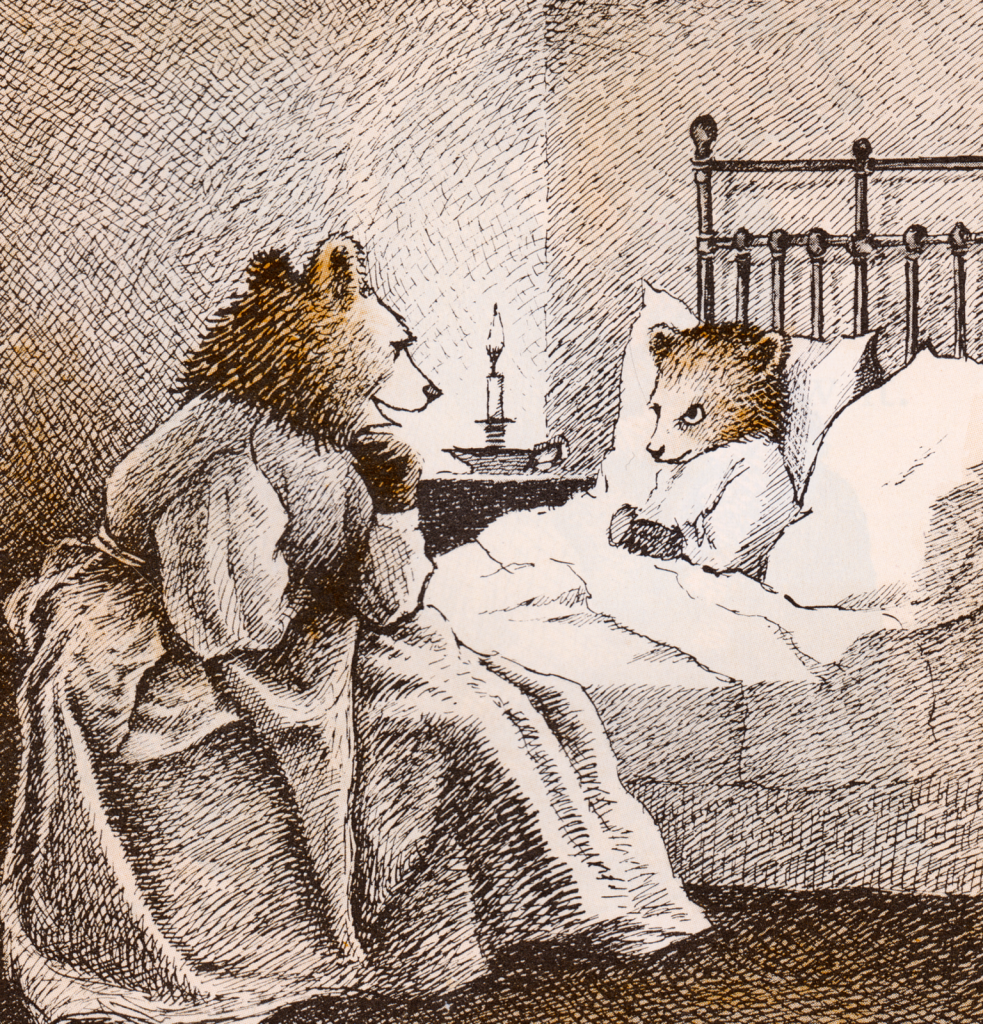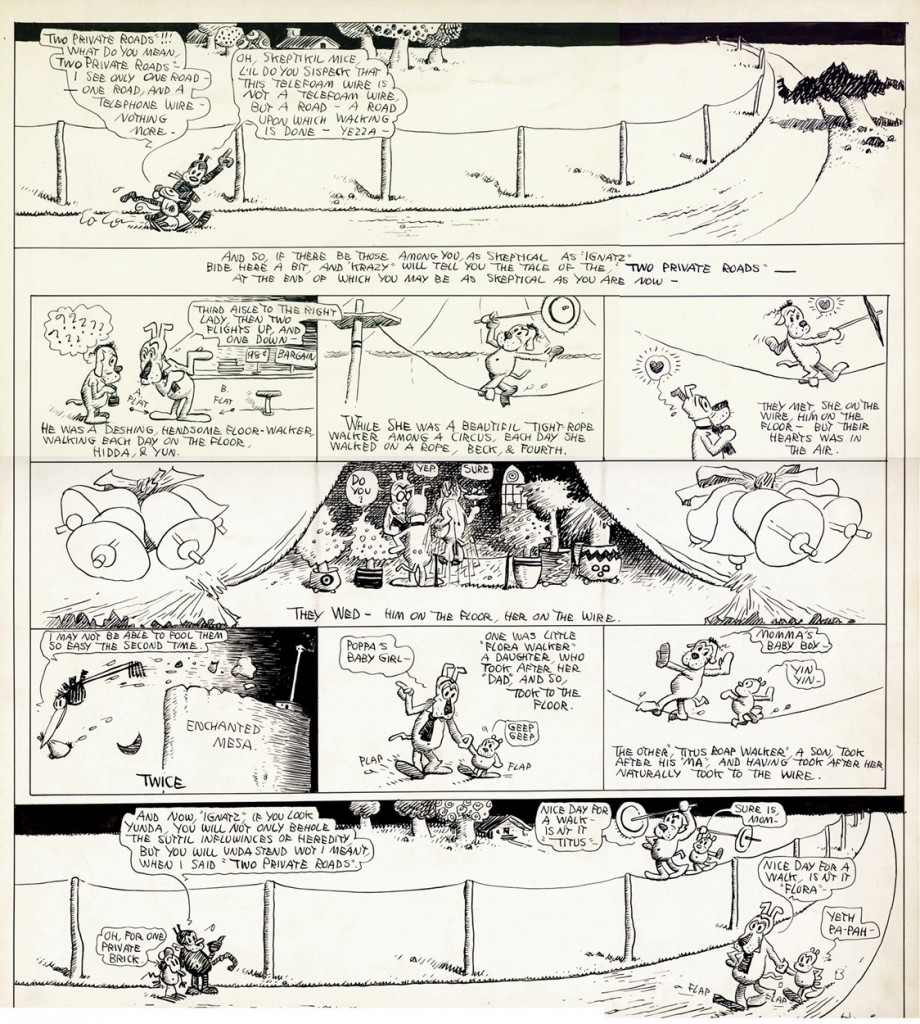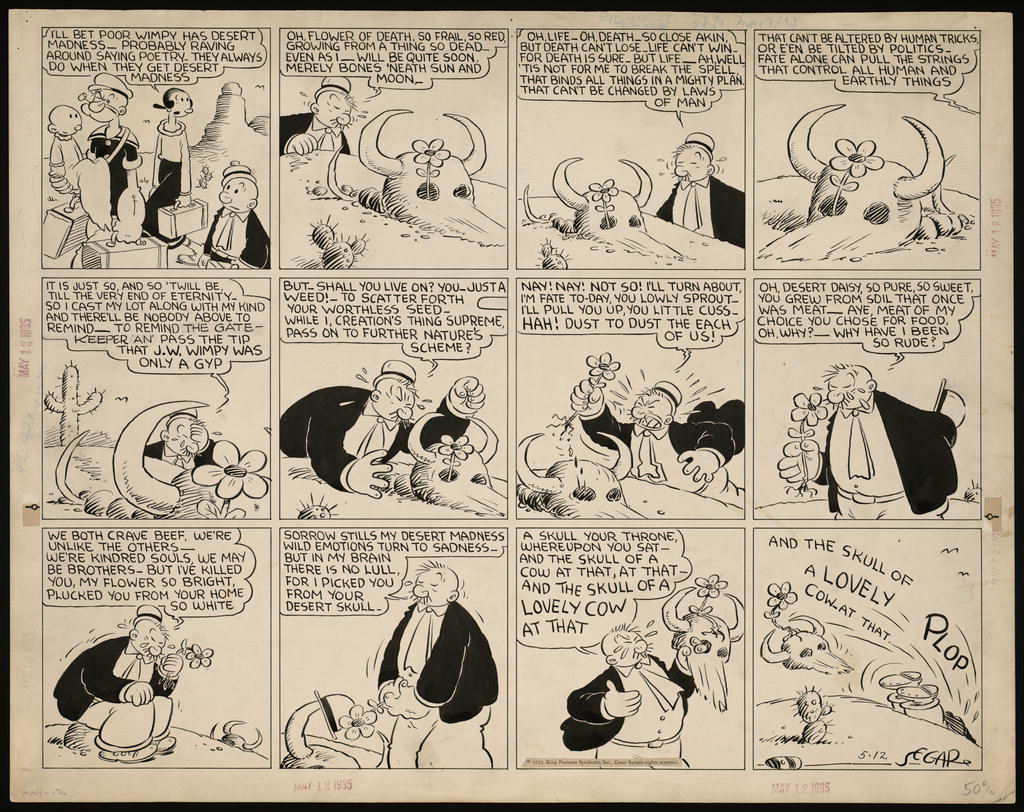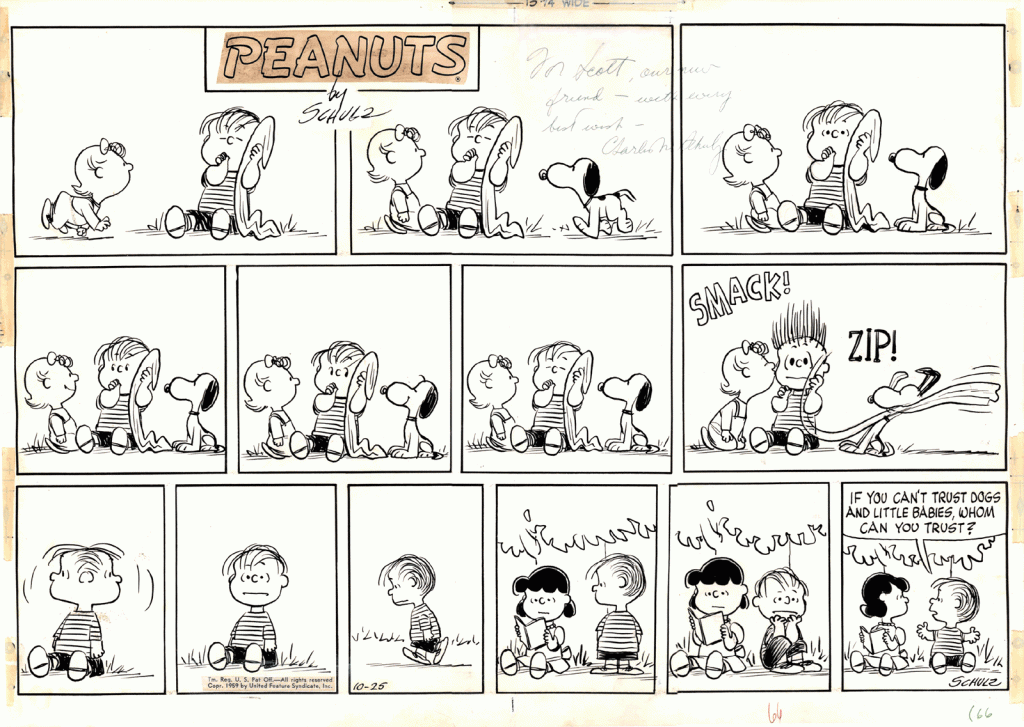I wrote this piece for this year’s illustration issue of The Horn Book. They graciously let me post it here as well.
I don’t like to experiment.
I know it sounds pusillanimous, but I’m just being honest: I don’t like to experiment because I am afraid of failure.
But at least two times in my life – at the very beginning of my artistic life – I found enough courage and determination to take risks. I was a fearless teenager then.
Being already passionate about picture books and comic strips – in particular those of Maurice Sendak, George Herriman, Elzie C. Segar, and Charles Schulz – it was clear to me how important would be to master pen and ink, if I wanted to be in that business.
Each of those artists had a very sophisticated and personal way of using the pen, and I wanted to find my own.
I remember going to the stationary store to buy my first two nibs, one very flexible and the other stiffer; then returning home and try them on the paper, keeping my hand from trembling; realizing I had to go from upper left to lower right to avoid; understanding how different pressures produce different lines; learning what kind of paper had the best surface for the kind of line I wanted to make.
In time, I did find my own way with pen and ink, which became my favorite and, for a few years, my only way of drawing. Most comic strips, at least the dailies, were in black and white, and I knew that even Sendak’s illustrations for Little Bear – a crucial source of inspiration for me – were colored mechanically. Because of all this, I didn’t think the lack of color in my drawings would be an obstacle in my future career as an illustrator.
Of course there was a hidden reason why I didn’t use color: the fear of failure. I had a fascination for Hieronymus Bosch, medieval frescoes and illuminations, so how could I not realize how important color can be for an artist? In fact, I had timidly attempted one or two small acrylic and a few oil pastel paintings, with very disappointing results, at least according to my overpowering superego. Those painful experiences kept me from seriously trying for years.
Once I became more conscious of the necessities of a professional illustrator, I couldn’t hide anymore, and had to face the challenging task of finding myself a method to add color to my pen drawings.
The most natural way to do that is watercolor, and so one day I went to an art store, bought a few half-pans of Schmincke watercolors, a brush or two, some Arches paper, and began testing the technique and my own resilience. For what concerned the techniques, I was set.
Maybe one day I will venture into buying a new kind of nib, or a new brand of watercolors, or even be audacious enough to try a paper with a slightly smoother surface. Who knows. For now, more than twenty-five years later, I’m still recovering from that initial double stress.







